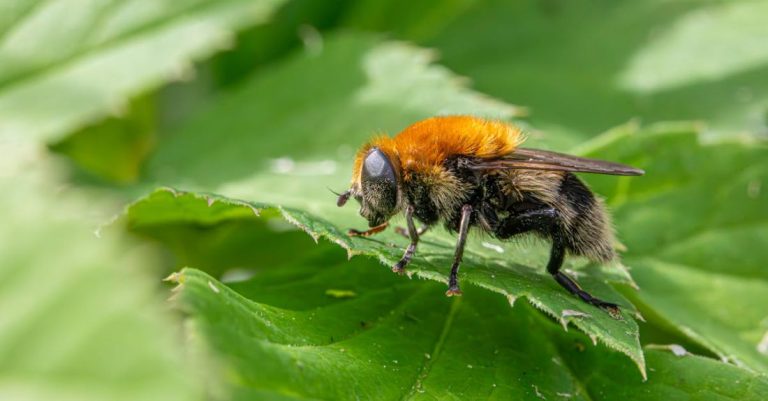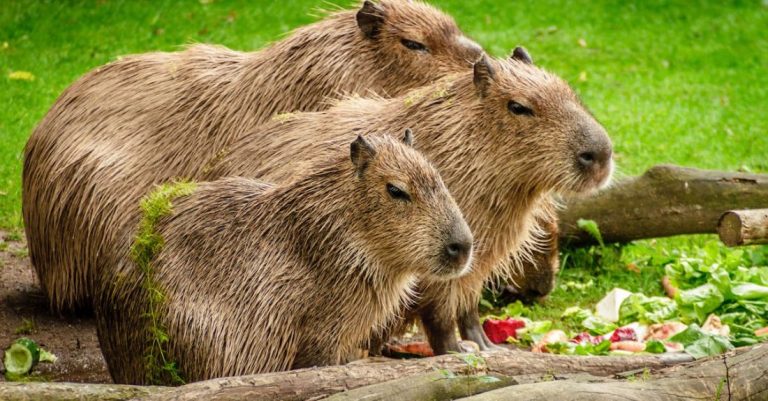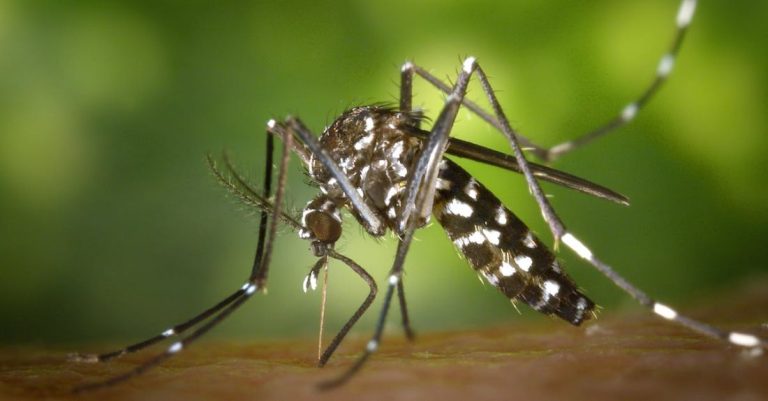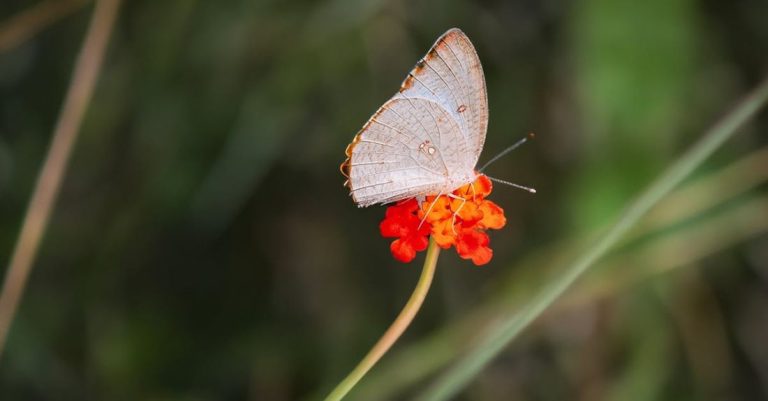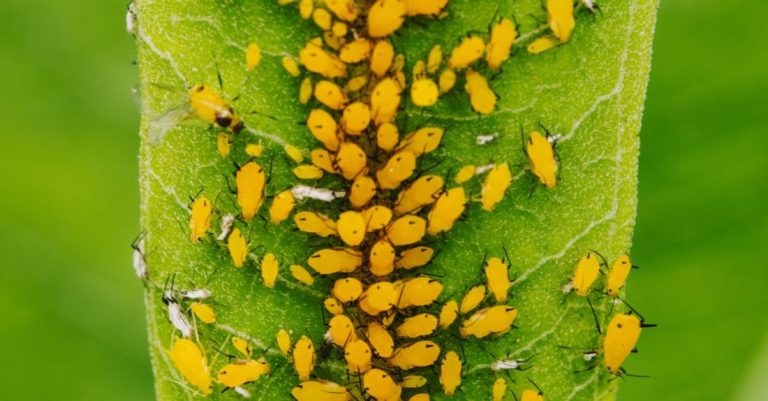
Companion planting is a gardening technique that involves planting different crops in close proximity to one another to enhance growth, improve flavor, and provide natural pest control. By strategically pairing certain plants together, you can create a balanced ecosystem that minimizes the need for chemical pesticides. In this article, we will explore how to use companion planting to control pests effectively in your garden.
Understanding the Basics of Companion Planting
Companion planting is based on the concept that certain plants have natural abilities to repel pests, attract beneficial insects, or enhance the growth of neighboring plants. By selecting the right plant combinations, you can create a symbiotic relationship that promotes a healthy and pest-resistant garden.
One of the key principles of companion planting is to diversify your garden by mixing different types of plants together. This helps to confuse pests and prevent them from targeting a single crop. Additionally, some plants release chemicals into the soil that can deter pests or attract predatory insects that feed on common garden pests.
Choosing the Right Plant Combinations
When selecting plant combinations for companion planting, it is essential to consider the specific pests you are dealing with in your garden. Different plants have varying abilities to repel or attract certain pests, so it is crucial to choose plants that complement each other’s pest-fighting properties.
For example, planting aromatic herbs like basil, mint, or rosemary alongside susceptible plants can help repel pests like aphids, beetles, and mosquitoes. Similarly, planting marigolds around your vegetable garden can deter nematodes and other soil-borne pests.
Another effective combination is planting onions, garlic, or chives near plants that are prone to insect infestations. These allium plants emit strong odors that repel many common garden pests, making them an excellent choice for natural pest control.
Implementing Trap Crops
Trap crops are plants that are specifically grown to attract pests away from your main crops. By planting trap crops strategically, you can lure pests away from your valuable plants and reduce the damage they cause.
For example, planting nasturtiums near your vegetable garden can attract aphids, whiteflies, and cabbage moths, keeping them away from your tomatoes, peppers, and cabbage plants. Similarly, planting dill or fennel can attract caterpillars away from your carrots and lettuce.
Encouraging Beneficial Insects
In addition to repelling pests, companion planting can also help attract beneficial insects that feed on common garden pests. By creating a diverse and insect-friendly environment, you can encourage natural predators to keep pest populations in check.
Plants like dill, fennel, and yarrow are known to attract beneficial insects like ladybugs, lacewings, and parasitic wasps that feed on aphids, caterpillars, and other harmful pests. By incorporating these plants into your garden, you can create a balanced ecosystem that promotes natural pest control.
Conclusion: Creating a Healthy and Pest-Resistant Garden
By utilizing companion planting techniques in your garden, you can create a natural and sustainable approach to pest control. By selecting the right plant combinations, implementing trap crops, and encouraging beneficial insects, you can effectively manage pest populations without relying on harmful chemical pesticides. Embracing the principles of companion planting not only helps protect your plants from pests but also promotes a healthy and thriving garden ecosystem. Start incorporating companion planting strategies into your gardening practices today to enjoy a bountiful harvest and a pest-resistant garden.
